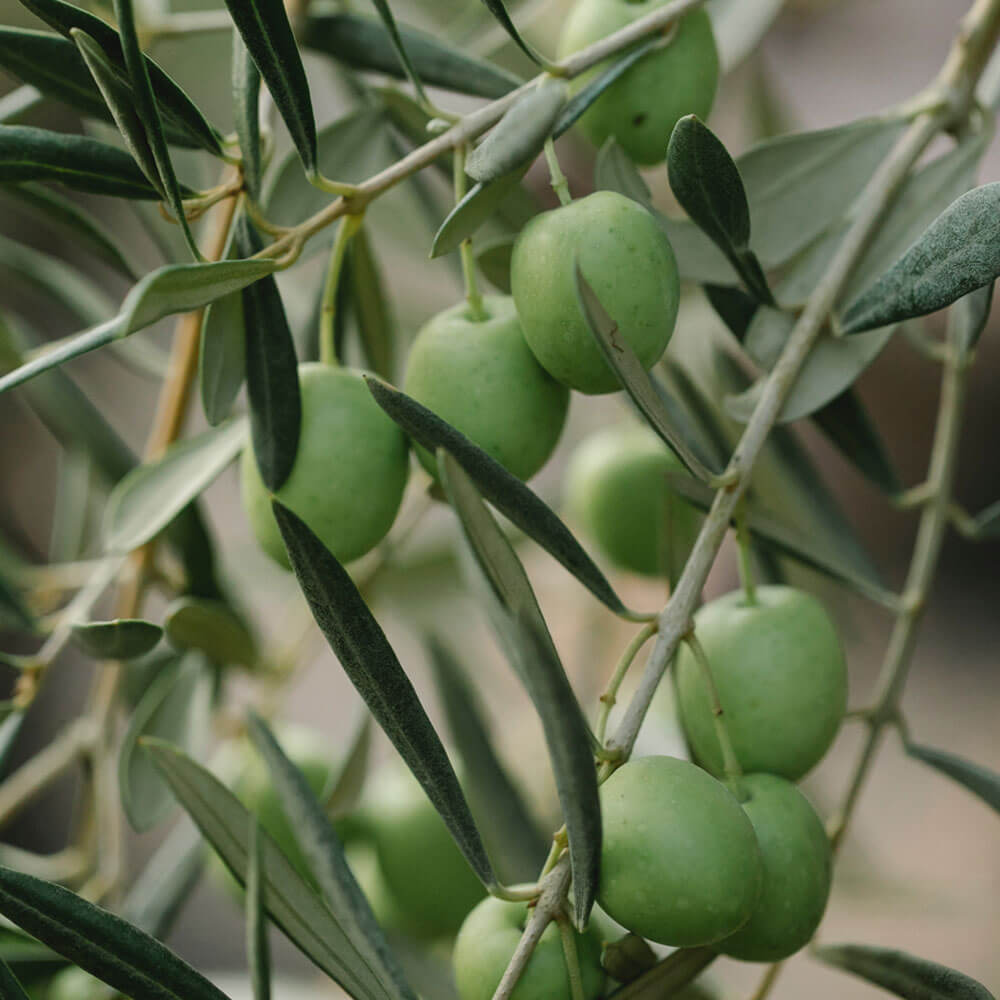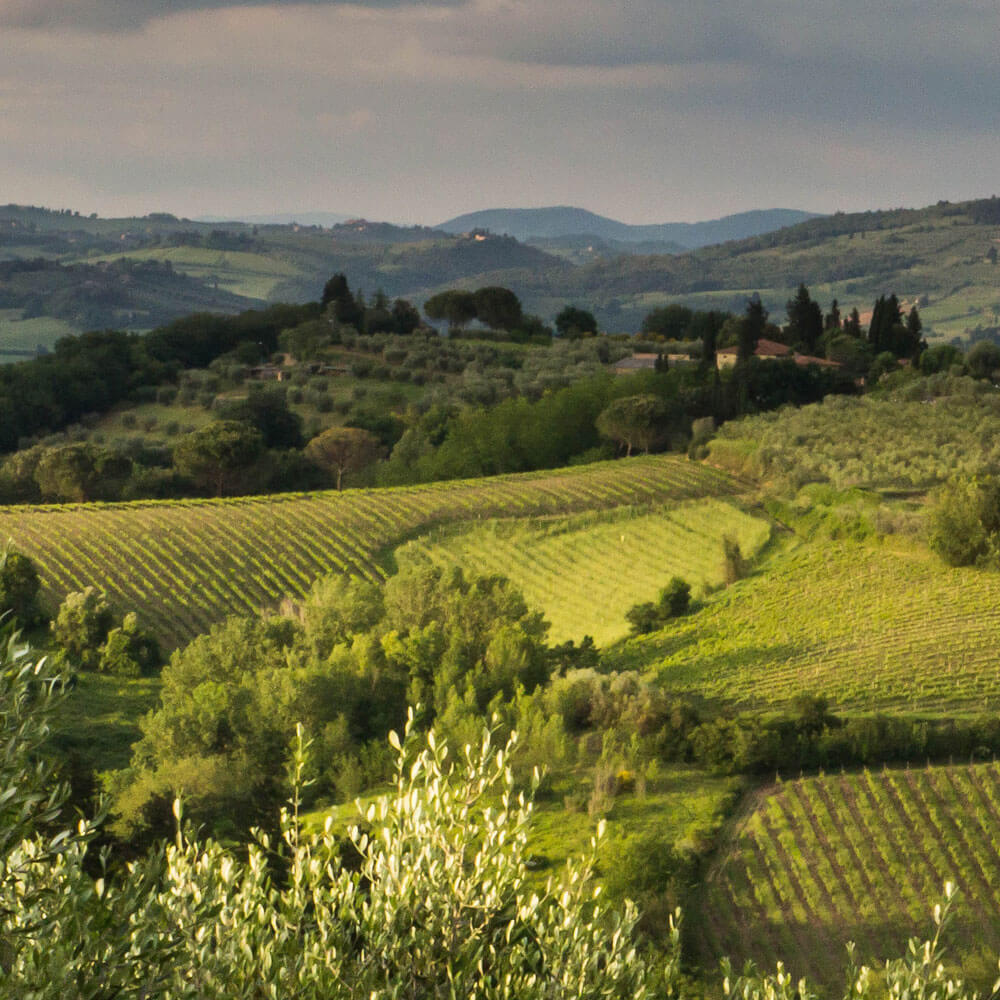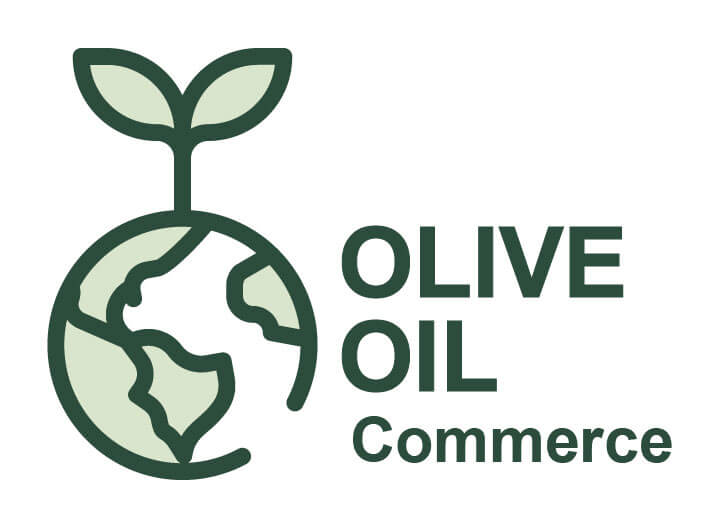ABOUT US
We are a start-up of young people who are passionate about the traditions of their territory, born and raised in the heart of Tuscany, where the cultivation of the land and the harvest of its fruits still represent an important element in the local economy and culture. In particular, our focus is on a great product of our land: extra virgin olive oil.
Olive-growing in Tuscany
Tuscan olive-growing, although slightly decreasing given the high production costs, remains an essential activity in hilly and slightly mountainous areas. It also ensures protection of the territory from a hydrogeological point of view, allowing rural populations to thrive in certain disadvantaged areas of Tuscany. The climatic conditions and the specific territory account for the production of olives that give the oil particular value and finesse.
In Tuscany about 90,000 hectares of olive trees are grown by more than 11,000 producers.
TUSCANY LANDSCAPE
The olive-growing landscape in Tuscany is not uniform but depends on the altimetric characteristics and the type of soil. In fact, the olive tree has a high ability to adapt; although preferring well-drained loose or medium-textured soils, it can grow even in lean soils of limited thickness.
For many years traditionally peasants planted olive trees in steep sloping soils or in difficult geomorphological conditions; for example, in land reclaimed from the forest or pasture. This was due to the farmer’s need to make the most of the land at his disposal and provide as much food as possible for his family.

Olive-growing in Tuscany
Tuscan olive-growing, although slightly decreasing given the high production costs, remains an essential activity in hilly and slightly mountainous areas. It also ensures protection of the territory from a hydrogeological point of view, allowing rural populations to thrive in certain disadvantaged areas of Tuscany. The climatic conditions and the specific territory account for the production of olives that give the oil particular value and finesse.
In Tuscany about 90,000 hectares of olive trees are grown by more than 11,000 producers.

TUSCANY LANDSCAPE
The olive-growing landscape in Tuscany is not uniform but depends on the altimetric characteristics and the type of soil. In fact, the olive tree has a high ability to adapt; although preferring well-drained loose or medium-textured soils, it can grow even in lean soils of limited thickness.
For many years traditionally peasants planted olive trees in steep sloping soils or in difficult geomorphological conditions; for example, in land reclaimed from the forest or pasture. This was due to the farmer’s need to make the most of the land at his disposal and provide as much food as possible for his family.

